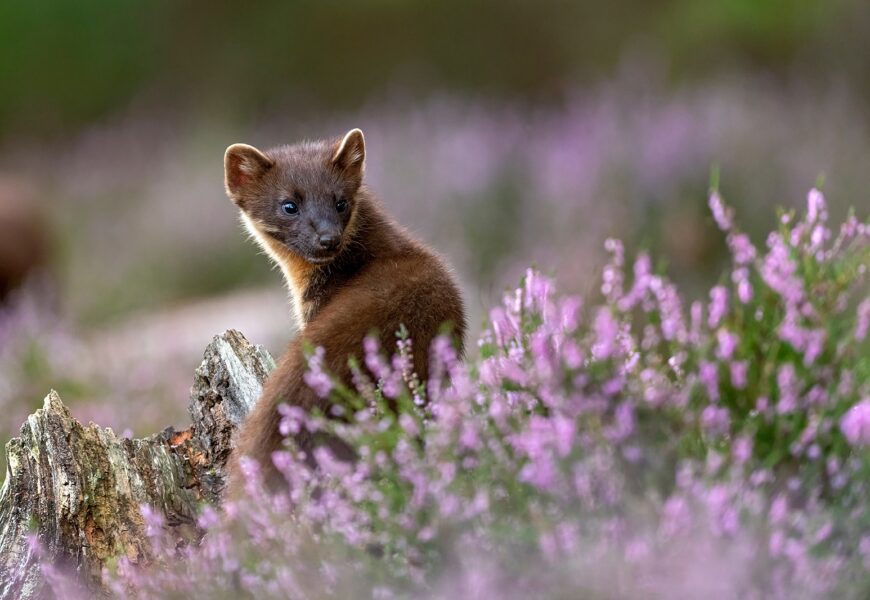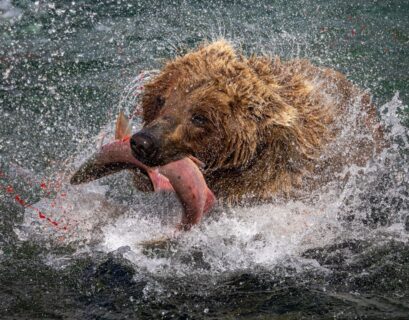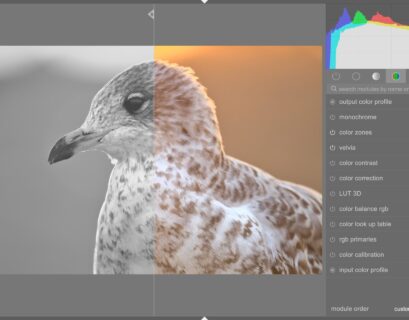Photographing shy or elusive animals can be one of the most rewarding experiences for a wildlife photographer. These creatures often exhibit fascinating behaviors and possess a natural beauty that’s worth the extra effort to capture. However, approaching and photographing these animals requires patience, skill, and respect for their natural habitats. Here are some strategies to help you successfully photograph shy and elusive wildlife.
Research and Understand Your Subject
Before heading into the field, take time to research the habits, behaviors, and preferred habitats of the animals you want to photograph. Understanding their daily routines, feeding times, and breeding seasons can significantly increase your chances of encountering them. Field guides, documentaries, and expert articles are excellent resources for gaining insights into your subject.
Choose the Right Gear
Having the appropriate gear is crucial when photographing elusive wildlife. A long telephoto lens (300mm or more) allows you to capture detailed images from a distance without disturbing the animals. A sturdy tripod ensures stability, and a camera with fast autofocus and high burst rates helps you capture fleeting moments. Additionally, camouflage clothing and lens covers can help you blend into the environment.
Plan Your Approach
Approaching shy animals requires careful planning and a stealthy strategy. Move slowly and quietly, avoiding sudden movements that could startle the animal. Pay attention to the wind direction, as many animals have a keen sense of smell. Approaching from downwind reduces the chances of your scent alerting the animal to your presence.
Use Natural Cover
Utilize natural cover such as bushes, trees, and rocks to conceal yourself as you approach your subject. Stay low to the ground to reduce your silhouette and move in a zigzag pattern rather than a straight line to appear less threatening. If possible, set up a hide or blind in an area where the animal is known to frequent. This allows you to remain concealed while waiting for the animal to approach.
Patience and Persistence
Patience is a virtue in wildlife photography, especially when dealing with shy animals. Be prepared to spend hours, or even days, waiting for the perfect shot. Bring along essentials like water, snacks, and appropriate clothing to stay comfortable during long waits. Persistence often pays off, and the rewards of capturing a stunning image of an elusive animal are well worth the effort.
Minimize Disturbance
Respecting the animal’s space is paramount. Avoid getting too close or making loud noises that could cause stress or alter its natural behavior. Use a long lens to maintain a safe and respectful distance. If the animal shows signs of distress, such as frequent glances in your direction or sudden movements, back off and give it space.
Early Morning and Late Afternoon
Shy and elusive animals are often most active during the early morning and late afternoon. These times, known as the golden hours, also provide the best natural lighting conditions for photography. Plan your outings around these periods to increase your chances of encountering and photographing the animals.
Capture Behavior and Context
While close-up shots are captivating, don’t overlook the importance of capturing the animal’s behavior and its context within the environment. Wide-angle shots that include the habitat can tell a more complete story and provide a sense of scale and place. Documenting behaviors such as feeding, grooming, or interacting with other animals adds depth and interest to your photos.
Use Silent Shooting Modes
Many modern cameras offer silent or quiet shooting modes, which minimize the noise produced by the shutter. This can be particularly useful when photographing skittish animals that are easily startled by unfamiliar sounds. Check your camera’s settings and enable silent mode to reduce disturbance.
Ethical Considerations
Always prioritize the well-being of the animals you photograph. Avoid using bait or any other means that might alter their natural behavior or put them at risk. Follow local guidelines and regulations regarding wildlife photography and conservation. Remember, the goal is to capture beautiful images while preserving the natural integrity of the environment and its inhabitants.
Conclusion
Photographing shy or elusive animals is a challenging but incredibly rewarding aspect of wildlife photography. By researching your subject, using the right gear, and employing stealthy techniques, you can increase your chances of capturing stunning images. Patience, respect, and ethical practices are essential in ensuring that your presence does not negatively impact the wildlife or their habitats. With dedication and persistence, you’ll be able to create compelling and beautiful photographs of some of nature’s most elusive creatures. Happy shooting!









